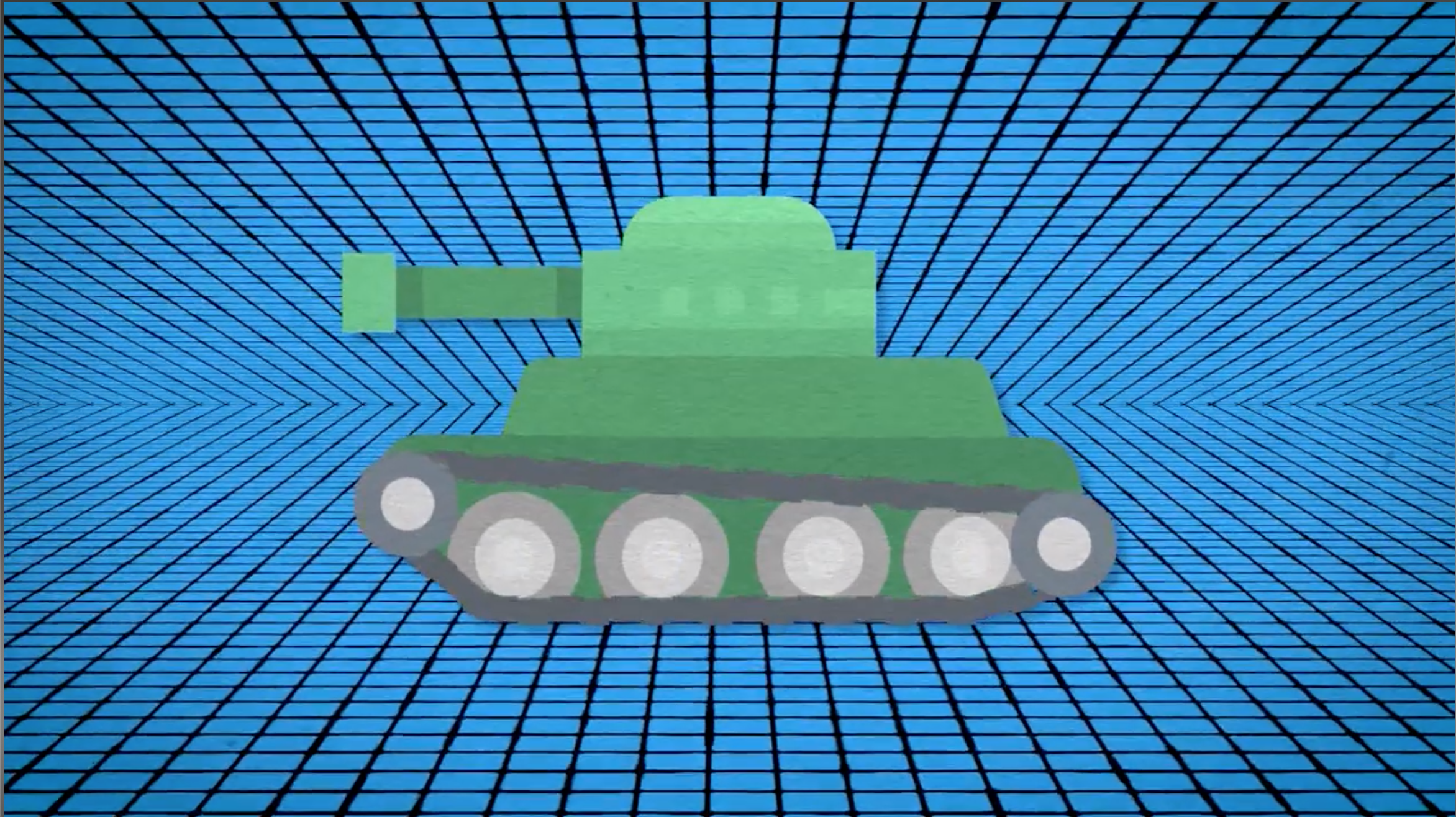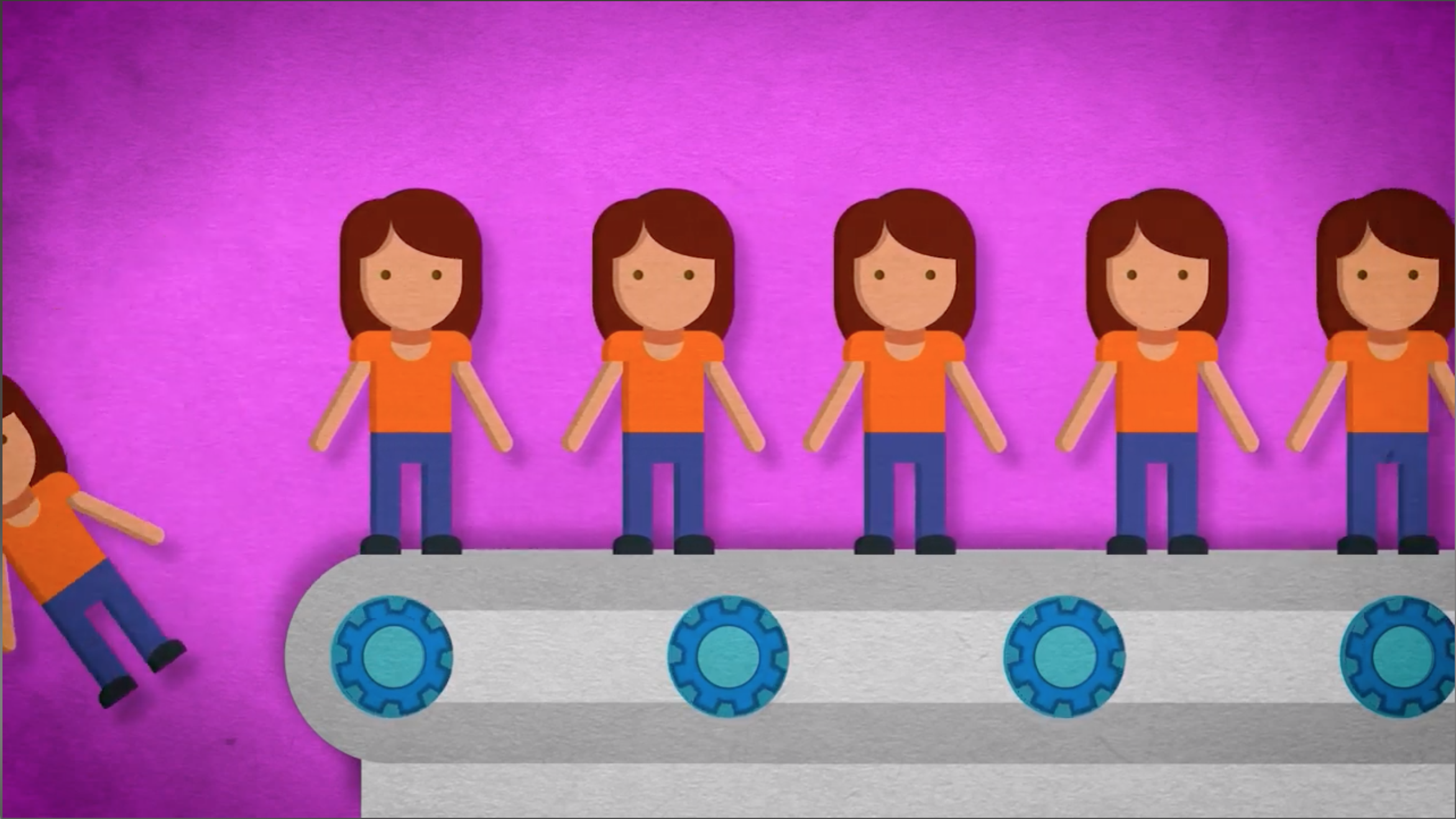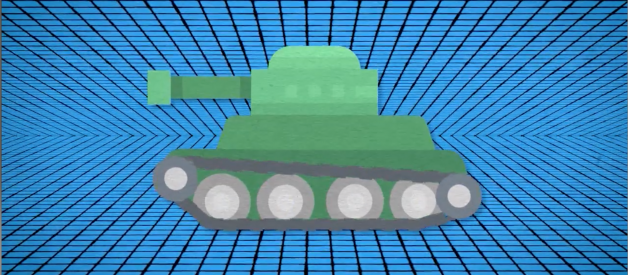We can predict the end of humanity ? with math alone.

Although we are just shy of 8 billion human souls on this planet, we are living on the brink of extinction. We are the last of our kind. Homo sapiens is the sole surviving member of its genus. The Neanderthals, Homo erectus, the Denisovans, Australopithecus ? all gone. Add in all the existential threats we face today ? nuclear annihilation, global warming, Youtube demonetization ? is Homo sapiens doomed to go extinct as well?
Probably, yes!
And it turns out we can figure out how much longer we have on this Earth ? thanks to math.
But before we shuffle off this mortal coil, let?s fight some Nazis!

During World War II, the allies had a problem. The Germans were building tanks. Now this wouldn?t be as much of an issue if they weren?t using those tanks to kill Allied soldiers and conquer much of Europe. But that?s exactly what those Nazi bastards were doing.
So the Allies had a keen interest in finding out just how many of these deadly war machines the Germans had. But to know the total population of tanks, they needed to know how many tanks Germany?s industry was capable of constructing in a given amount of time.
Unfortunately the Germans were not very forthright with their production numbers.
So the Allies had to guess.
But they had to make much more than an educated guess. They had to use math.
Fortunately for the Allies, each German tank came with a serial number. This number designated the tanks position in the production line. So the first tank built had a serial number of 1, the second, 2, and so on.
So when the Allies blew up one of these tanks, they rummaged through the debris and found the serial number. By collecting a random sample of these serial numbers, the Allies could theoretically estimate how many tanks the Nazis were building.
And it worked.
They estimated a production rate of 270 tanks a month. German production records obtained after the war showed an actual number of 276 tanks a month. The estimate was nearly spot on.
So what does this have to do with human extinction?

Just like tanks, there are only a finite number of humans. We know how many humans exist today and we have a pretty good idea of how many humans have ever existed. Using that number, we can estimate how many humans will ever exist. And thus, how long it will be until no humans exist.
This all hinges on the Copernican Principle.
Named for Copernicus?s theory that the Earth revolved around the Sun, and therefore, it wasn?t the center of the universe, the Copernican Principle says that we don?t inhabit a special position in space. That would also mean we probably don?t happen to live in an extraordinary moment in time. The beginning or end of anything is an extremely unique event in history. So while the Copernican Principle takes us out of the center of the Universe, it moves us into the middle of any period of time.
So that means, the chance we are at the beginning or the end of the human species isn?t very plausible.
But that doesn?t mean we aren?t close to extinction.
In fact, it?s probably more likely than not.
This is called the Doomsday Argument and it goes like this:
Let?s say there are two possibilities for the future of the human race. There will be many of us or there will be few. There have been about 100 billion humans so far. If this is only a small fraction of all the humans there are to come, then we are at the beginning of a very numerous and long-lived human race.
But the Copernican Principle makes this unlikely. There?s a better chance we?re somewhere in the middle of a relatively short-lived race. Meaning our extinction is closer than farther away.
Using the same math as we used to estimate the number of German tanks, we can estimate the total number of humans that will ever exist. Philosopher John Leslie has calculated this number to be somewhere around 1.2 trillion. We will reach that number in a little over 9,000 years. Beyond that, humans will most likely be extinct.
So doomsday isn?t exactly happening tomorrow, but on a geologic timescale we?re practically extinct already. (And remember, we used this same formula to estimate the correct number of German tanks with even less information.)

A variation of the Doomsday Argument formulated by Professor J. Richard Gott uses time instead of number of humans as its starting point. We?ve been here for 200,000 years or so. If we are not at the very beginning of a very long-lived species (an unlikely event), Gott has calculated a 95% likelihood that humanity will be dead and gone sometime between 5,100 years and 7.8 million years from now ? which seems about as precise as predicting a golf ball will land somewhere on a golf course. But Gott has used this same reasoning to predict all kinds of events ? from the fall of the Berlin Wall to the term length of world leaders to the total show run of various plays in the New York area ? all with a surprising degree of accuracy.
So we can breathe a little easier. Human extinction isn?t just around the corner. Both of these estimates fall well within the expected lifespan of a mammalian species on planet Earth. Neanderthals existed for about 300,000 years. Homo erectus almost 2 million. There?s no reason to think we will beat those odds.
But this isn?t the only way to calculate the date of our extinction.
Gott?s formula uses the beginning of our species, 200,000 years ago. But for almost all of that time, we lived in a very different way. We were nomadic hunters with a small and spread out population. No cities, no electricity, no agriculture even. Hardly anyone on the planet lives like that anymore. Those humans of long ago ? that way of life ? might as well be extinct, replaced by a bigger, meaner, modern Homo sapiens.

Since the development of the nuclear bomb, humanity has entered an unprecedented stage in its development. We now have the ability to inflict our own extinction upon ourselves. So if we take the development of the A-bomb as the birthday of this bigger, meaner humanity, we were born just over 70 years ago. Right as we were solving that German tank problem. And the Copernican Principle says we are unlikely to be at the very beginning of this era today, so we must be somewhere in the middle. That implies the probable extinction of this bigger, meaner, modern humanity is frightfully close.
And that might be a good thing.
Just as the birth of our species doesn?t have to be the exact moment we diverged from our primate ancestors, our extinction doesn?t have to mean the death of us all. It need only be the extinction of a certain way of life. This alternate formulation of the Doomsday Argument might actually be a beacon of hope. This period of time ? this way of life ? will likely pass away in the next few decades, but our species could very well live on. Just how long this future humanity will last is anyone?s guess.
Watch the video:


